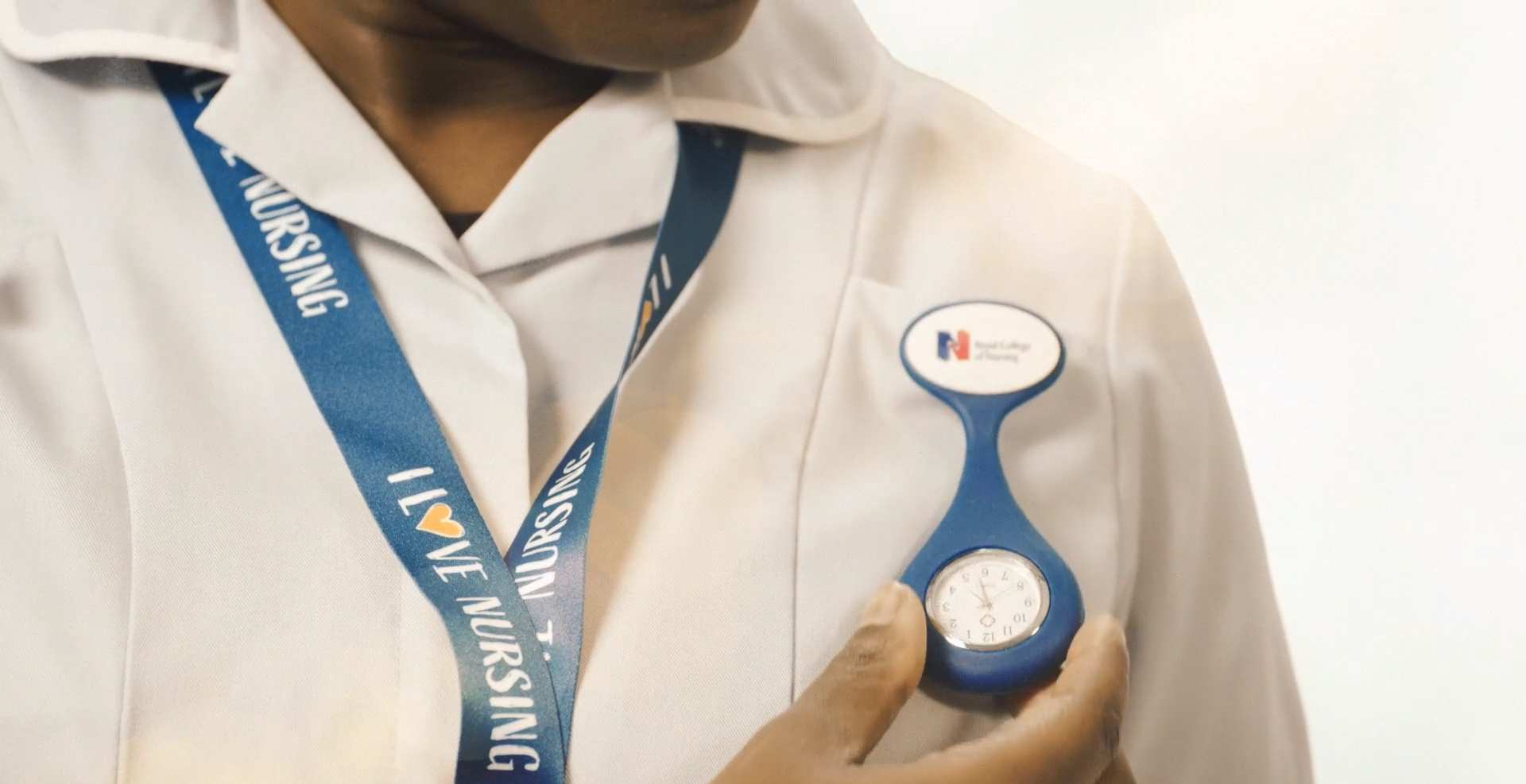How Do Health Care Practitioners Safeguard Themselves
Unit 32 Safeguarding Children and Young People. All adults deserve to be treated with dignity and respect at all times.

Common Assessment Framework For Assessment Of Children In Need And Their Families Working To Social Work Activities Social Work Theories Clinical Social Work
This means that the practitioner shouldnt tell anyone what a patient has said and their details other than those who need to.

How do health care practitioners safeguard themselves. After completing the analyses of the company its opportunities and threats it is important to generate a solution of the problem and the alternatives a company can apply in order to solve its problems. The guidance highlights a range of resources which can be used by practitioners in early years settings to safeguard children parents and themselves as professionals online. They should not put themselves in any situations that are unsafe or have the potential to cause danger or harm to themselves.
The practitioners and staff of the authorities do this through several ways. You have the responsibility to follow the 6 safeguarding principles enshrined within the Care Act 2014. If we have done the task in class you do not need to fill in anything for that section.
In a health and social care setting confidentiality means that the practitioner should keep a confidence between themselves and the patient as part of good care practice. The whistle blowing policy is put into place to provide protection against the person in the work place against victimisation or any form of punishment physical or verbal when concerns are genuine. If you suffer any victimisation or punishment due to whistleblowing you may be able to take your case to an Employment Tribunal.
Such a refusal may give raise a safeguarding concern in respect of others. To safeguard themselves health and social care practitioners must act fairly at all times when working with individuals and recognise individuals unique needs. New practitioners should be informed of the correct process to take if they have a concern over another practitioner or student.
All practitioners should also be aware that if they still have concerns and do not agree with the discussion made by the designated lead that they can contact the local authority safeguarding switch board to report the incident themselves. They can also safeguard individuals by making sure that they have a DBS check from the police to see if there is any background history. In circumstances where they are not being treated this way whistleblowing ensures that the malpractice is acted upon and that vulnerable adults receive the care and support they deserve.
Social workers and their employers must recognise their personal limits and look after themselves first if they are to help others. A significant element of a practitioners role in protecting themselves would be to read policies and procedures that are put in place to safeguard them and children or young people in their care. Has the right to refuse care for themselves.
Whistleblowing is an essential part of safeguarding adults. M2 Explain how practitioners can take steps to protect themselves in relation to safeguarding practice in a work setting. Principle 1 Empowerment Personalisation and the presumption of person-led.
Generating Alternatives For Explain How Practitioners Can Take Steps To Protect Themselves Within Their Everyday Practice In The Work Setting Case Solution. Six key principles underpin all adult safeguarding work. A health and social care practitioner can safeguard individuals by making sure that they are in a safe environment away from any abuse or harm.
This means providing good quality care and support and putting the individual at the centre of everything empowering them to have as much control over their lives as possible. It is the responsibility of people who work in Health and Social care to work in a way that will help to prevent abuse. HExplain how practitioners can take steps to protect themselves within their everyday practice in the work setting and on off-site visits.
The first being that they will overlook and help to organise the safeguarding of the individual who they are providing care and support for then if there are any concerns when it comes to there being risks to the individual becoming vulnerable to harm abuse or neglect they have an obligation to investigate it and the staff and practitioners. They assist NHS commissioners health service managers and practitioners in preventing and responding to neglect and abuse focusing on patients in the most vulnerable situations. Karens Sunday 2pm Assessment tasks CYP Core 33 Understand how to safeguard the well-being of children and young people The following tasks will either be covered in class over the next two weeks or you will be asked to complete them for homework.
M2 Explain how practitioners can take steps to protect themselves in relation to safeguarding practice in a work setting. Its of course an individual obligation on behalf of the healthcare workers to be knowledgeable to be aware of the latest information the latest outbreaks in their country or in their region but its also of course an obligation of the provider of the employer whether thats a government ministry of health or a private healthcare provider as part of their duty of care to make sure that healthcare workers are protected and that healthcare.

How To Ensure Patient Safety In A Healthcare Setting

Pdf Managing Quality In Health And Social Care Services An Exemplary Review Of A Center

Healthcare Workers Fighting The Pandemic On All Fronts Teach For America
Https Apps Who Int Gb Ebwha Pdf Files Wha72 A72 R3 En Pdf

5 Important Regulations In United States Healthcare Maryville Online

Safeguarding Clinical Royal College Of Nursing
Post a Comment for "How Do Health Care Practitioners Safeguard Themselves"